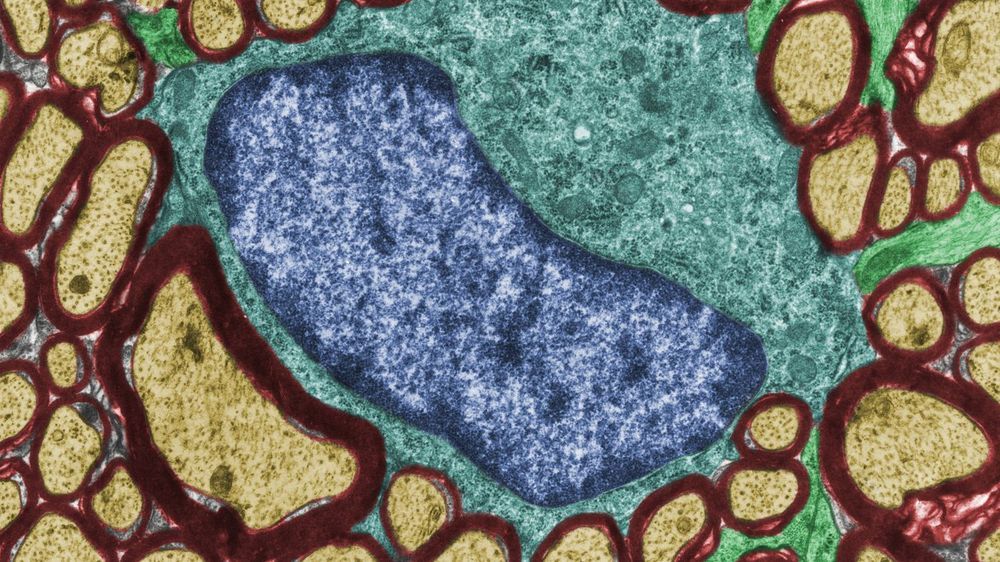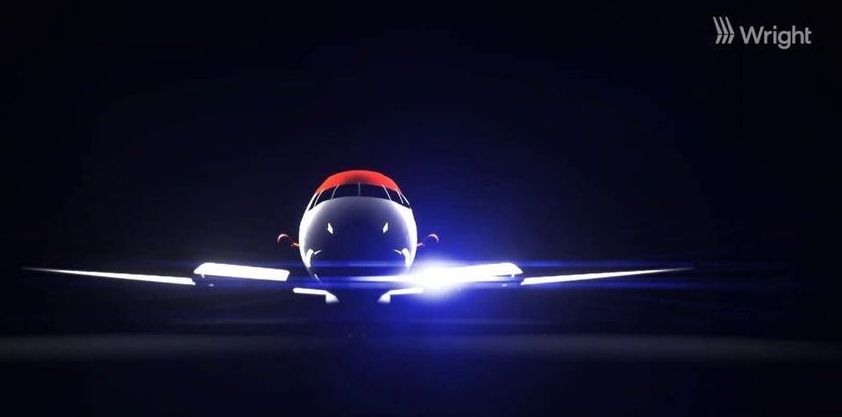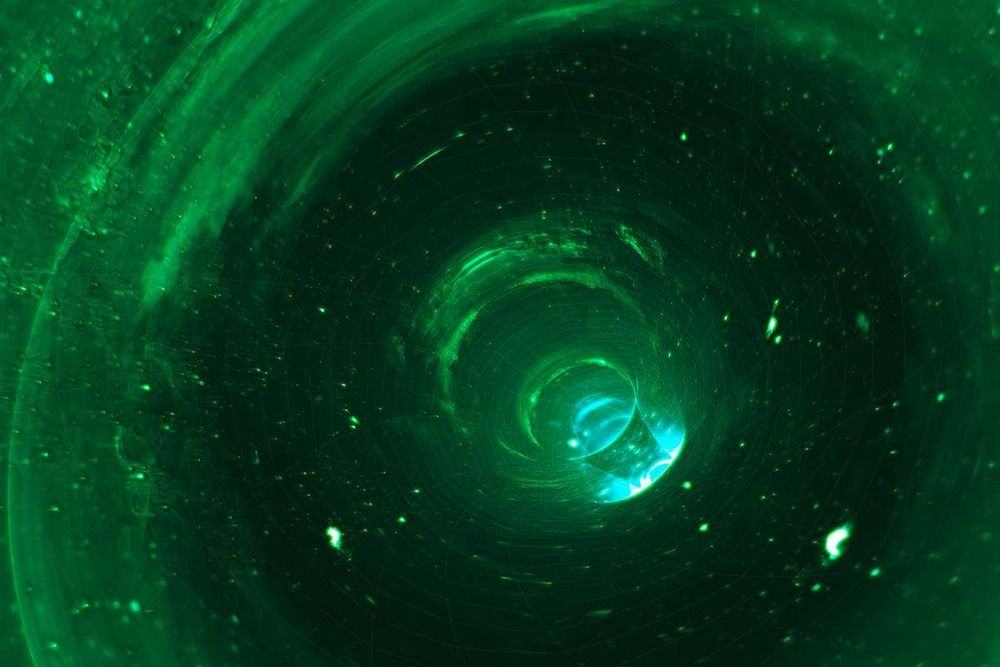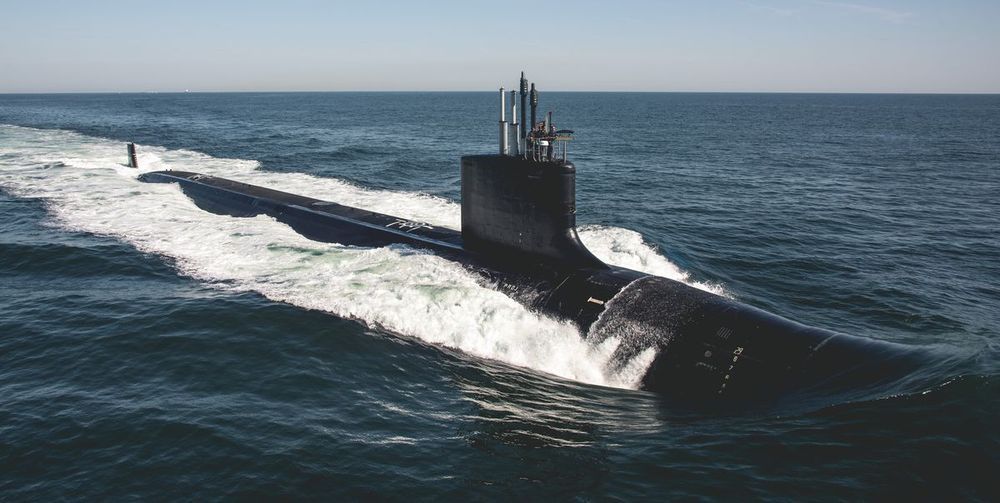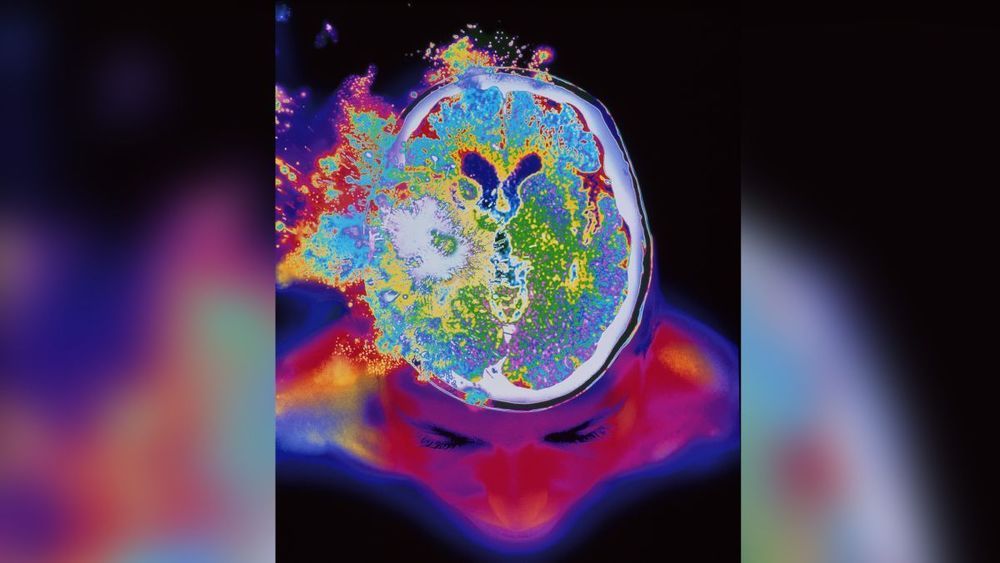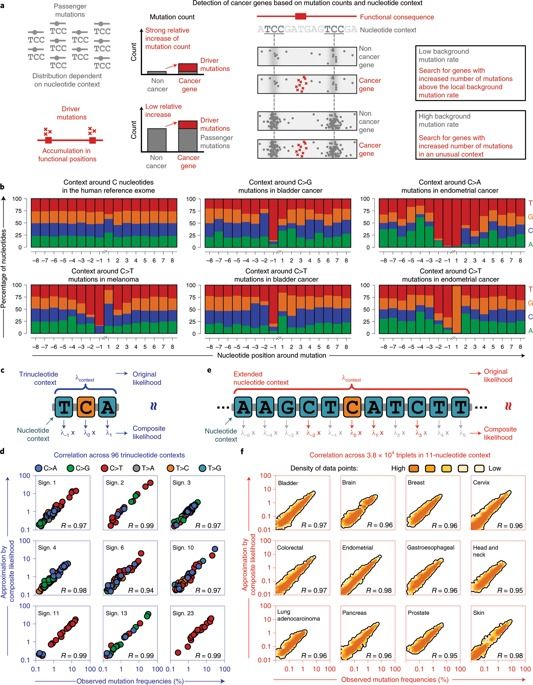O.o.
While eating takeout one day, University of Chicago scientists Bozhi Tian and Yin Fang started thinking about the noodles—specifically, their elasticity. A specialty of Xi’an, Tian’s hometown in China, is wheat noodles stretched by hand until they become chewy—strong and elastic. Why, the two materials scientists wondered, didn’t they get thin and weak instead?
They started experimenting, ordering pounds and pounds of noodles from the restaurant. “They got very suspicious,” Fang said. “I think they thought we wanted to steal their secrets to open a rival restaurant.”
But what they were preparing was a recipe for synthetic tissue—that could much more closely mimic biological skin and tissue than existing technology.

